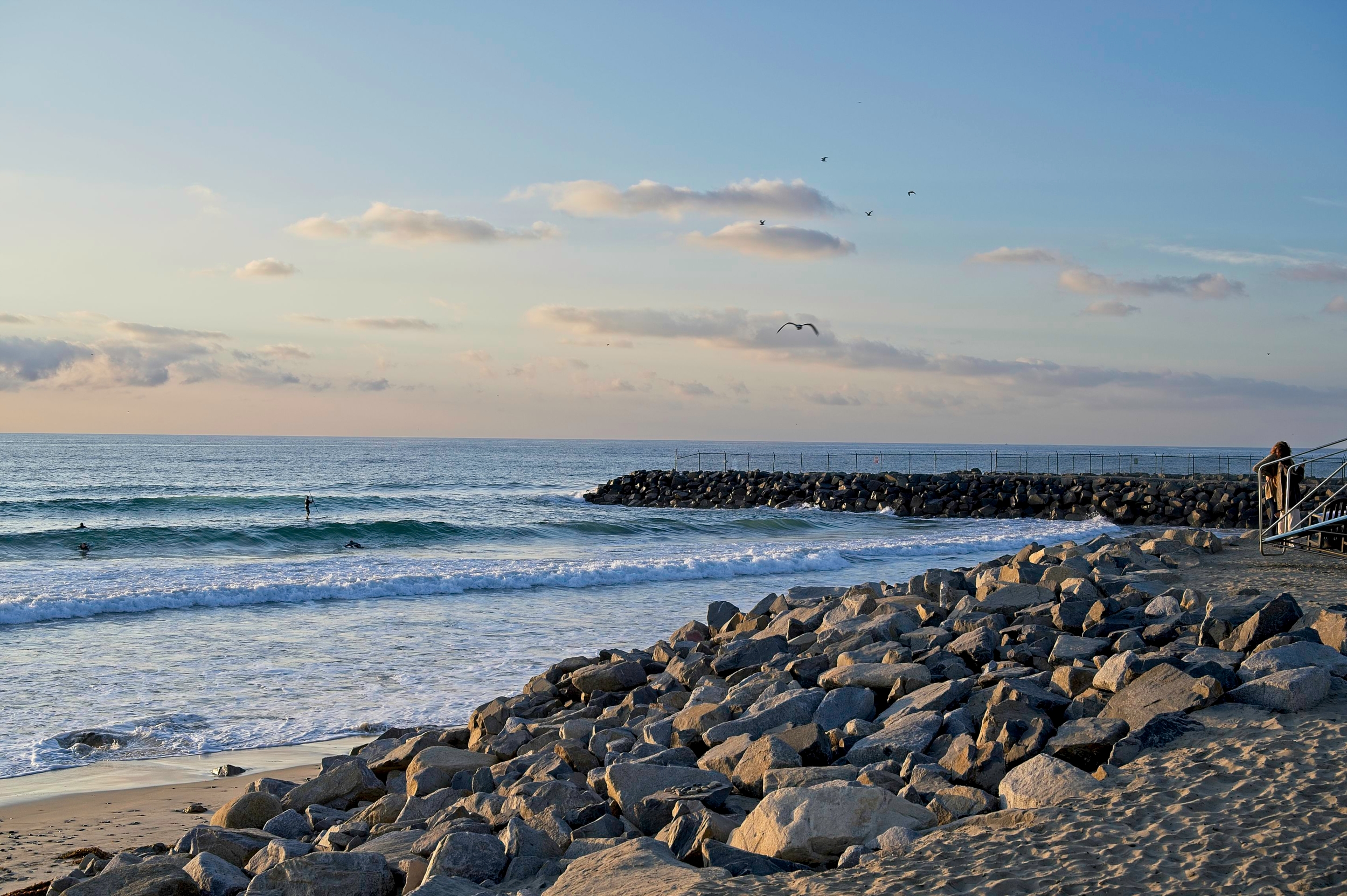I have been burning through some film stock, trying to see what’s what in negative film. The recent tests have been on Portra 160, Ektar, and PanF 50.
I originally thought to just try one black and white and one color film, and chose Ektar and Ilford XP2 to start with. The Ilford was chosen at random as a 400 speed black and white that has been around forever, so I figured it was a standard. The Ektar because I saw some great landscape images on the website of a photographer I like1. Both are reputed to be forgiving, so I got a box of each.
But I ended up with a large variety before I even shot my first frame. The gentleman I bought the camera from said he’d toss in a “couple rolls of film to get me started,” which I thought was awesome. But his definition of “couple” was quite expansive. He actually gave me a two boxes of Portra 160 as well as a bunch of Ilford black and white including PanF 50, Delta 100, and Delta 3200. Quite a variety!
Ektar is supposedly the more saturated negative film, and I’d thought to do some saturated landscapes when I decided to try film. The first rolls I shot that came out showed that it is, in fact, super saturated. Enough that skin tones get a little ruddy and golden sunlight gets a touch of red in it. The roll I got back today, however, was shot into a sunset with wild colors reflecting on calm water and it was beautiful.

This shot was the last frame of Ektar I had — I took three shots, the other two as lovely but I like the ducks in this one. I shot Portra before this for comparison, and was about ready to pack up and head back to the truck, but this was a sunset that never wanted to give up and a few minutes after I ran out of Ektar every cloud lit up an amazing pink, and even the ones overhead were reflected on the still water in front of me, so I slapped on the back with Portra 160 and gave it a go.


In all cases I knew the reeds in the middle were going to go black. The sky and the water only had a stop or two difference, but the reeds were several stops down, so I metered for the water and let the sky take care of itself. From what I’ve sussed about these films, you can go down a stop or two then it gets noisy, then black. You can go up way more and the highlights won’t run out of information even if they’re four stops over.
Well, the Portra definitely fits that bill. It’s amazeballs, and even the reeds in the foreground, which are down two stops, show the weird pink glow everything had in real life. The second shot is a four or eight second exposure3 and I can’t tell you how happy I am it came out like this.
Another roll of Portra had some night shots I’d done the week after Thanksgiving, including shots of Baba. The less saturated colors are even more pleasing than the slightly over-the-top Ektar shot of the same scene, and the dynamic range is beyond impressive.


The same shot in Ektar is also lovely, but I’m a fan of the Portra. The colors are spot on, and the dynamic range is even better than the Ektar, which already handles the lit sign better than digital by far. Note how much more influence the streetlamp has on the color cast on Ektar as well, coming up a little green, but also note how much extra blue it adds to the sign and the umbrellas.
Even though I metered the same way, the Portra shot might be slightly more exposed. It is 160 speed film, compared to Ektar’s 100 speed, and having come only a few minutes later in the evening I’m guessing it wasn’t a whole stop darker even though I corrected up a full stop, but the highlights are still beautifully handled. The information in the dark areas is lovely, too, and you can tell the building above is a deep ruddy brown.
As for the PanF 50, I don’t know what to make of it. Every single image I took the camera barked at me4, even when I thought I was doubling the meter reading. I’ve learned two things here, first that PanF has a lot of reciprocity failure and needs quite a bit more than the meter says, and second, that the Fuji really doesn’t measure well at ASA50 so sometimes you just have to let it beep at you and tell it to suck your balls. Both of these shots were called underexposed and, though not exactly perfect, were not so dark I’d expect them to be more than two stops down.


I also took some experimental artsy5 shots of some bridge pilings where I had deep shadows and brightly lit concrete. All three had the camera beeping and flashing lights like a pissed off R2D2, yet I’m not convinced that they are too dark. The darkest one is underexposed, sure. But at very least least the brightest one has to be within two stops of adequate, regardless of the disapproving minus sign.



That said, I printed out a reciprocity chart for Ilford films and tossed a copy in each of my camera and gear bags. 50 speed film is slow even in full daylight, and the failure on these black and whites is way more than I realized. 4 seconds on the meter translates to over 7 seconds in the real world, and it gets worse from there so this stuff isn’t just meter for the shadows. It’s meter for the shadows then double it.
This was a fun bunch of data. Not in the least because I am still very uncertain about how to meter for a lot of situations and having a few frames come back nice, not just recoverable, is quite a relief.
The next batch will be both better and worse. I tried some crazy long exposures, which I’m almost certain won’t be good but will give me data on how far off my assumptions are. And I shot some tonight that included a spectacular sky and some pretty reasonable subjects, so I’m confident the incident metering in conjunction with Portra’s dynamic range should give me a usable shot or two.
1. alexburkephoto.com — I don’t know the cat, he just posts beautiful landscapes and explains things like metering and filters in a way that I find very easy to understand.
2. After carefully exposing several shots, bracketing the meter, and recording my settings for test purposes, I pulled this roll out of the camera and dropped it, at which point it sprung open and ruined the whole roll. I now keep a rubber band in my pocket to put on exposed film and keep it from unrolling, just in case.
3. It was very dark and I had put my notepad away already, so I don’t remember exactly. Which is foolish, as the whole reason for this was to test film and practice exposure in challenging conditions.
4. Being state of the art in 1997, this camera does metering through the lens. But only while you’re taking the picture, not before hand. If it doesn’t think it got enough light, or got too much light, during your exposure it will beep annoyingly and flash all the LCD screens in a fit of disapproval. Strangely, it makes it extra satisfying when it doesn’t beep and the “EXP” is shown on the screen instead of the flashing lights and a + or – sign showing that you over or underexposed that last shot.
5. This just means they’re crap shots. But if you act like they’re great art filled with hidden meaning and anyone who doesn’t understand them just doesn’t get it, maybe you’re avant-garde.





























































